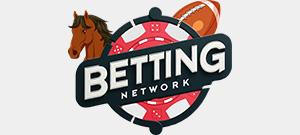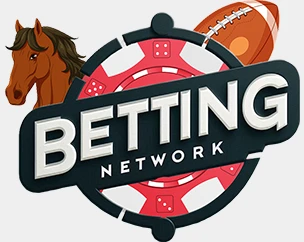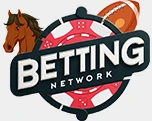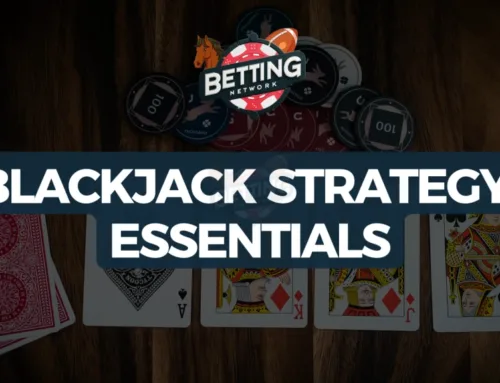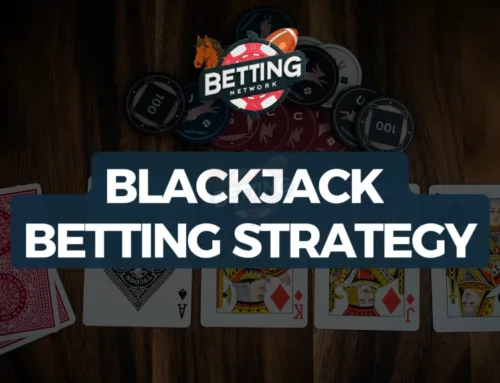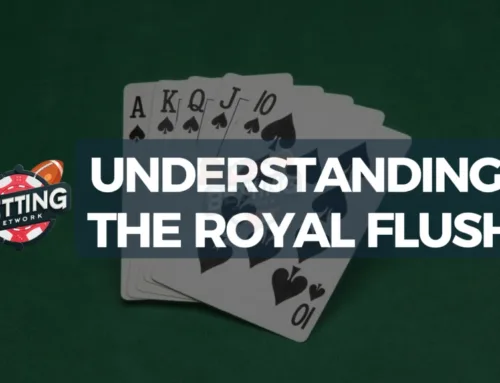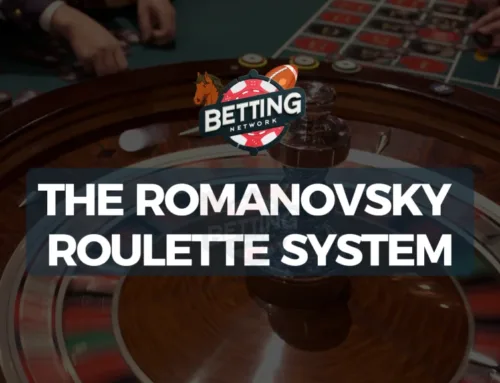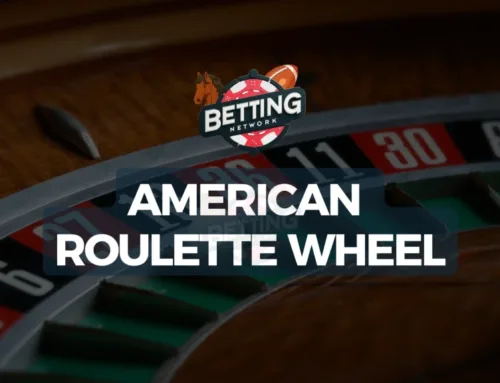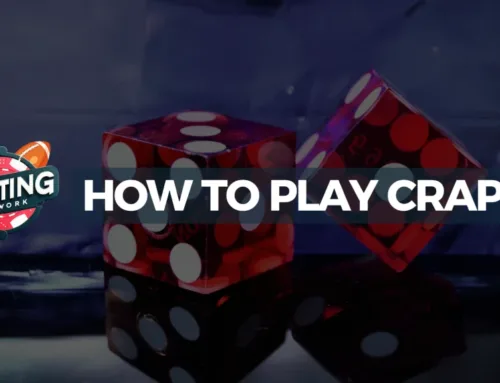Knowing What is Soft 17 in Blackjack is a major milestone for any gambler. You’ll often find your soft 17s as before and after points in your game sessions. They turn the tides, allowing you to go green when you’re deep in the hole.
Here’s how to get the most out of this hand.
What is Soft 17 in Blackjack
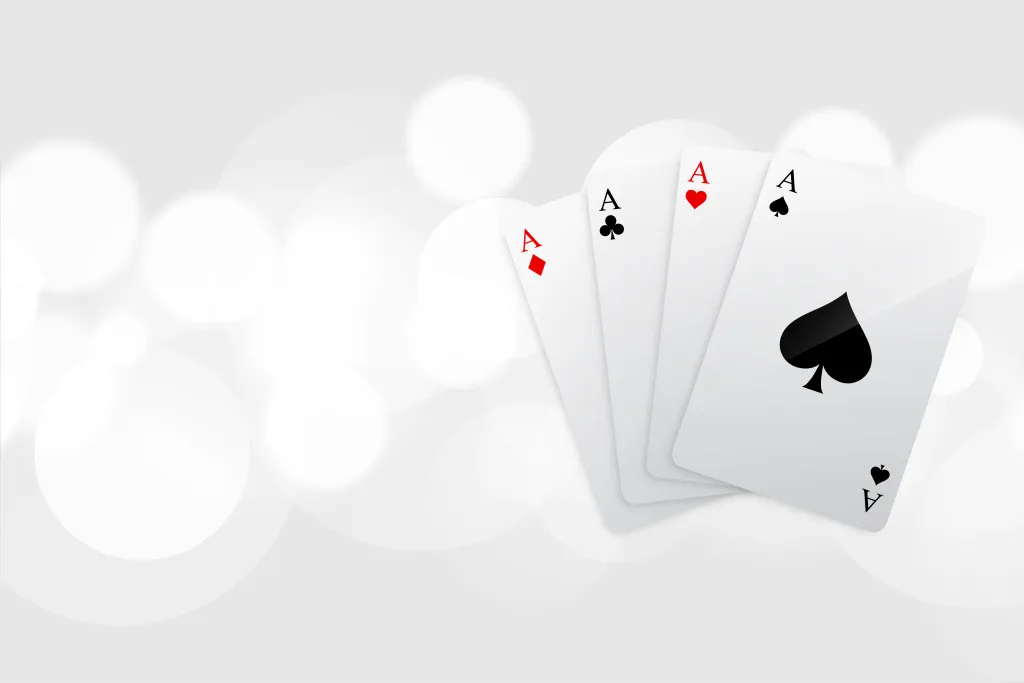
So, what’s a soft 17? Imagine you’re dealt an ace and a 6. This ace isn’t just any card—it’s the chameleon of the deck because it can be worth either 1 or 11. This means your total could be 7 or 17, and that’s where the “soft” part comes into play.
Aces give you a level of flexibility that all Blackjack players are always happy to use for their advantage. Here are some examples of Soft 17:
- Ace-6
- Ace-3-3
- Ace-2-2-2
Having an Ace on your side means your strategy and moves change for the hand. Let’s compare it to its counterpart, the Hard 17.
Comparing Hard 17 and Soft 17
A hard 17, made up of combinations like 10-7, locks you in since there’s no ace acting as a wild card. These cards have a set value and you’ll have to do with them.
But a soft 17? That’s where the magic happens. The ace acts like a safety net because you can add cards to your count without busting.
Mastering the Soft 17 Strategy
As you might’ve guessed already, you never stand on a soft 17. It’s a hand that allows you to press your advantage to get 21 (or a better score).
Think about it: a 17 isn’t exactly a winning score either. The dealer can beat that without seriously risking a bust. A well-played soft 17 can definitely force the dealer to take a chance and bust though.
Say you have a soft 17 (Ace and 6) and decide to take a hit. If you draw a 10, your total isn’t 27—you simply adjust the ace to count as 1, and you’re back at 17. This cushion means you can attempt to improve your hand without the worry of busting.
You’ll especially want to hit if any of these happen:
- Hit if the dealer has a 2, or anything from a 7 up to an ace in multi-deck games.
- For single-deck play, hit when the dealer’s upcard is 7 through ace.
These cards suggest that the dealer has a good chance of reaching a total near 21. Simply standing on a soft 17 in these cases might not cut it, as you could easily be outdone.
This game is all about maximizing gains during favorable odds, and minimizing losses when the odds are clearly against you, and few hands illustrate both possibilities as clearly as the soft 17s.
Doubling Down with a Soft 17
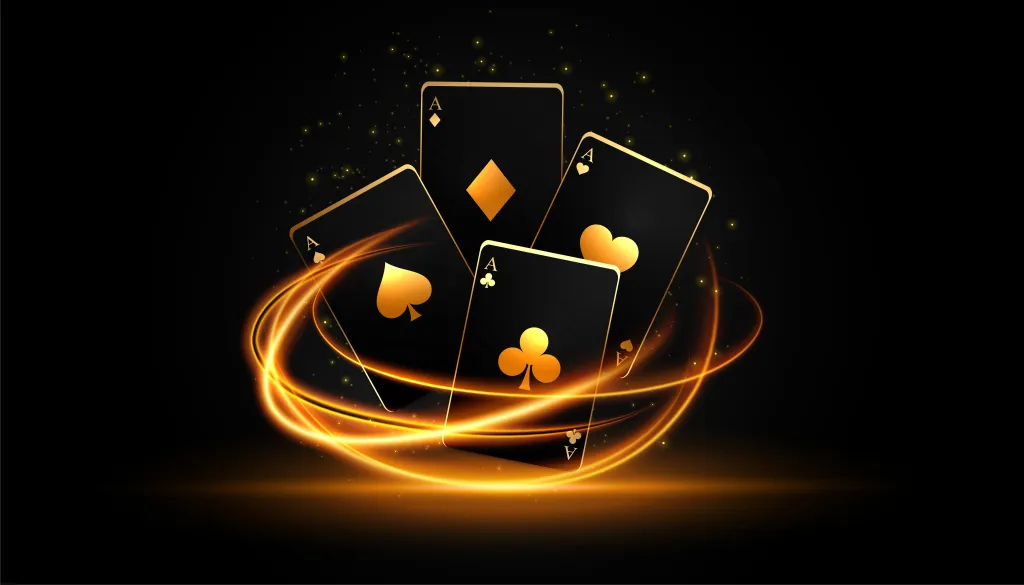
Doubling down means you get to double your bet after the initial deal. You do this when you’re confident you can win the hand with one more hit. Keep in mind though: once you got that card, that’s it. That’s your count, and you’re stuck with it.
Since we want to press the advantage, should we double down with a soft 17?
Consider this:
Your ace can flip to 1 if your next card sends your total over 21, keeping you in the game without busting. Otherwise, you’ll get an even stronger score.
If the dealer has something between 3 and 6, then doubling down makes even more sense. Right now, your soft 17 has an upper hand and they’re vulnerable. Your next card will put you in prime position to beat the dealer without risking a bust yourself.
So, double down if:
- The dealer shows a 3 to 6 in games with multiple decks.
- In games using a single deck, double down when the dealer has anything from a 2 to a 6.
Multi-Card Soft 17 Strategy
When you have a soft 17 that includes multiple cards, such as after hitting to a 2-4 and then drawing an ace, you typically can’t double down due to game rules.
However, you’ll always want to hit on multi-cards soft 17s, regardless of the dealer’s upcard. It offers an opportunity to improve your hand against and otherwise beatable score.
Soft 17s From a Dealer’s Perspective
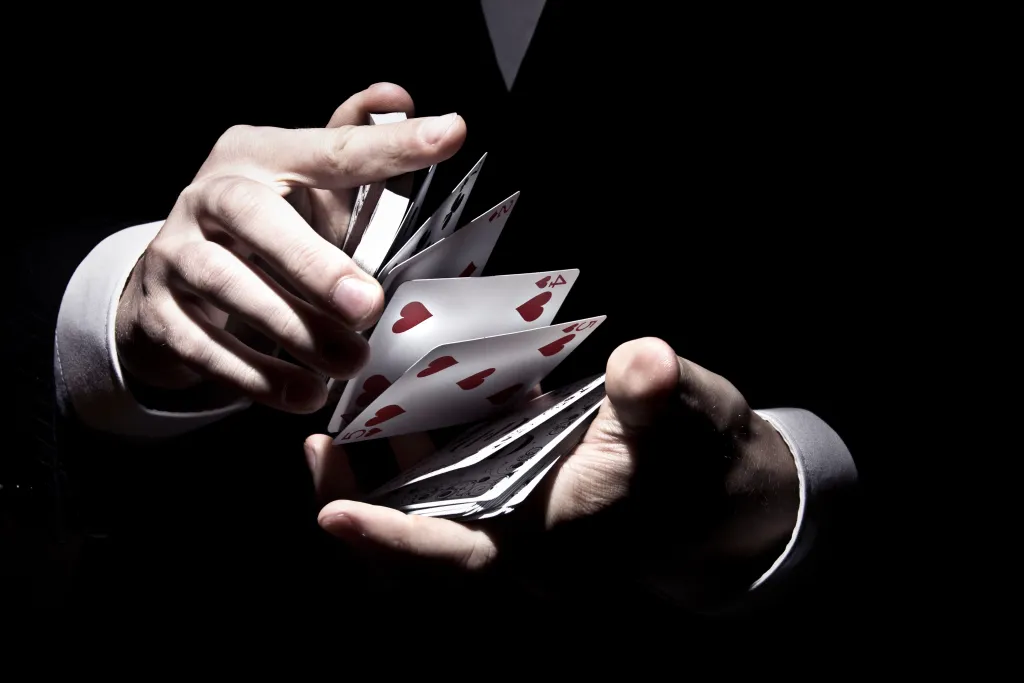
The house edge and your own Blackjack strategy will vary when the dealer hits or stands on soft 17s.
When the dealer hits on a soft 17, their new card will likely improve their hand and get them closer to 21. This slightly increases the house’s edge.
When the Dealer stands on soft 17, they do not take any more cards and must play with the soft 17 as their final hand. This allows players the opportunity to improve their hand and beat a 17 score.
The rules on what the dealer does are very important to understand. You’ll probably want to be riskier in your plays, by doubling down or splitting the hand to press the dealer into busting.
Your overall strategy should adapt based on this rule:
- If the dealer hits: Be more conservative, as the dealer has a better chance of reaching a higher total.
- If the dealer stands: You might opt for more aggressive plays, aiming to beat a weaker dealer hand without the risk of them improving it.
Soft 17s For Card Counters
For those who count cards, the strategy around a soft 17 dramatically changes based on the count. If the count is high/positive, being bold is highly recommended. You got a safety net against the high-value cards that are bound to appear, and the dealer doesn’t.
Doubling Down on Soft 17 Against a Dealer’s 2
When the count is positive, consider doubling down if the dealer shows a 2. This is because a higher concentration of 10-value cards remaining in the deck can cause the dealer to bust while trying to match your count.
FAQs on What Is Soft 17
Should I always hit on soft 17?
Yes, unless doubling down is a better strategic move based on the dealer’s upcard.
What changes in strategy when the dealer shows a low-value card?
Low dealer upcards (2-6) increase the attractiveness of doubling down.
How does the number of decks affect the strategy for soft 17?
Single-deck games often provide more favorable doubling down opportunities than multi-deck games due to differences in probability.
Knowing What is Soft 17 in Blackjack is a major milestone for any gambler. You’ll often find your soft 17s as before and after points in your game sessions. They turn the tides, allowing you to go green when you’re deep in the hole.
Here’s how to get the most out of this hand.
What is Soft 17 in Blackjack

So, what’s a soft 17? Imagine you’re dealt an ace and a 6. This ace isn’t just any card—it’s the chameleon of the deck because it can be worth either 1 or 11. This means your total could be 7 or 17, and that’s where the “soft” part comes into play.
Aces give you a level of flexibility that all Blackjack players are always happy to use for their advantage. Here are some examples of Soft 17:
- Ace-6
- Ace-3-3
- Ace-2-2-2
Having an Ace on your side means your strategy and moves change for the hand. Let’s compare it to its counterpart, the Hard 17.
Comparing Hard 17 and Soft 17
A hard 17, made up of combinations like 10-7, locks you in since there’s no ace acting as a wild card. These cards have a set value and you’ll have to do with them.
But a soft 17? That’s where the magic happens. The ace acts like a safety net because you can add cards to your count without busting.
Mastering the Soft 17 Strategy
As you might’ve guessed already, you never stand on a soft 17. It’s a hand that allows you to press your advantage to get 21 (or a better score).
Think about it: a 17 isn’t exactly a winning score either. The dealer can beat that without seriously risking a bust. A well-played soft 17 can definitely force the dealer to take a chance and bust though.
Say you have a soft 17 (Ace and 6) and decide to take a hit. If you draw a 10, your total isn’t 27—you simply adjust the ace to count as 1, and you’re back at 17. This cushion means you can attempt to improve your hand without the worry of busting.
You’ll especially want to hit if any of these happen:
- Hit if the dealer has a 2, or anything from a 7 up to an ace in multi-deck games.
- For single-deck play, hit when the dealer’s upcard is 7 through ace.
These cards suggest that the dealer has a good chance of reaching a total near 21. Simply standing on a soft 17 in these cases might not cut it, as you could easily be outdone.
This game is all about maximizing gains during favorable odds, and minimizing losses when the odds are clearly against you, and few hands illustrate both possibilities as clearly as the soft 17s.
Doubling Down with a Soft 17

Doubling down means you get to double your bet after the initial deal. You do this when you’re confident you can win the hand with one more hit. Keep in mind though: once you got that card, that’s it. That’s your count, and you’re stuck with it.
Since we want to press the advantage, should we double down with a soft 17?
Consider this:
Your ace can flip to 1 if your next card sends your total over 21, keeping you in the game without busting. Otherwise, you’ll get an even stronger score.
If the dealer has something between 3 and 6, then doubling down makes even more sense. Right now, your soft 17 has an upper hand and they’re vulnerable. Your next card will put you in prime position to beat the dealer without risking a bust yourself.
So, double down if:
- The dealer shows a 3 to 6 in games with multiple decks.
- In games using a single deck, double down when the dealer has anything from a 2 to a 6.
Multi-Card Soft 17 Strategy
When you have a soft 17 that includes multiple cards, such as after hitting to a 2-4 and then drawing an ace, you typically can’t double down due to game rules.
However, you’ll always want to hit on multi-cards soft 17s, regardless of the dealer’s upcard. It offers an opportunity to improve your hand against and otherwise beatable score.
Soft 17s From a Dealer’s Perspective

The house edge and your own Blackjack strategy will vary when the dealer hits or stands on soft 17s.
When the dealer hits on a soft 17, their new card will likely improve their hand and get them closer to 21. This slightly increases the house’s edge.
When the Dealer stands on soft 17, they do not take any more cards and must play with the soft 17 as their final hand. This allows players the opportunity to improve their hand and beat a 17 score.
The rules on what the dealer does are very important to understand. You’ll probably want to be riskier in your plays, by doubling down or splitting the hand to press the dealer into busting.
Your overall strategy should adapt based on this rule:
- If the dealer hits: Be more conservative, as the dealer has a better chance of reaching a higher total.
- If the dealer stands: You might opt for more aggressive plays, aiming to beat a weaker dealer hand without the risk of them improving it.
Soft 17s For Card Counters
For those who count cards, the strategy around a soft 17 dramatically changes based on the count. If the count is high/positive, being bold is highly recommended. You got a safety net against the high-value cards that are bound to appear, and the dealer doesn’t.
Doubling Down on Soft 17 Against a Dealer’s 2
When the count is positive, consider doubling down if the dealer shows a 2. This is because a higher concentration of 10-value cards remaining in the deck can cause the dealer to bust while trying to match your count.
FAQs on What Is Soft 17
Should I always hit on soft 17?
Yes, unless doubling down is a better strategic move based on the dealer’s upcard.
What changes in strategy when the dealer shows a low-value card?
Low dealer upcards (2-6) increase the attractiveness of doubling down.
How does the number of decks affect the strategy for soft 17?
Single-deck games often provide more favorable doubling down opportunities than multi-deck games due to differences in probability.
Knowing What is Soft 17 in Blackjack is a major milestone for any gambler. You’ll often find your soft 17s as before and after points in your game sessions. They turn the tides, allowing you to go green when you’re deep in the hole.
Here’s how to get the most out of this hand.
What is Soft 17 in Blackjack

So, what’s a soft 17? Imagine you’re dealt an ace and a 6. This ace isn’t just any card—it’s the chameleon of the deck because it can be worth either 1 or 11. This means your total could be 7 or 17, and that’s where the “soft” part comes into play.
Aces give you a level of flexibility that all Blackjack players are always happy to use for their advantage. Here are some examples of Soft 17:
- Ace-6
- Ace-3-3
- Ace-2-2-2
Having an Ace on your side means your strategy and moves change for the hand. Let’s compare it to its counterpart, the Hard 17.
Comparing Hard 17 and Soft 17
A hard 17, made up of combinations like 10-7, locks you in since there’s no ace acting as a wild card. These cards have a set value and you’ll have to do with them.
But a soft 17? That’s where the magic happens. The ace acts like a safety net because you can add cards to your count without busting.
Mastering the Soft 17 Strategy
As you might’ve guessed already, you never stand on a soft 17. It’s a hand that allows you to press your advantage to get 21 (or a better score).
Think about it: a 17 isn’t exactly a winning score either. The dealer can beat that without seriously risking a bust. A well-played soft 17 can definitely force the dealer to take a chance and bust though.
Say you have a soft 17 (Ace and 6) and decide to take a hit. If you draw a 10, your total isn’t 27—you simply adjust the ace to count as 1, and you’re back at 17. This cushion means you can attempt to improve your hand without the worry of busting.
You’ll especially want to hit if any of these happen:
- Hit if the dealer has a 2, or anything from a 7 up to an ace in multi-deck games.
- For single-deck play, hit when the dealer’s upcard is 7 through ace.
These cards suggest that the dealer has a good chance of reaching a total near 21. Simply standing on a soft 17 in these cases might not cut it, as you could easily be outdone.
This game is all about maximizing gains during favorable odds, and minimizing losses when the odds are clearly against you, and few hands illustrate both possibilities as clearly as the soft 17s.
Doubling Down with a Soft 17

Doubling down means you get to double your bet after the initial deal. You do this when you’re confident you can win the hand with one more hit. Keep in mind though: once you got that card, that’s it. That’s your count, and you’re stuck with it.
Since we want to press the advantage, should we double down with a soft 17?
Consider this:
Your ace can flip to 1 if your next card sends your total over 21, keeping you in the game without busting. Otherwise, you’ll get an even stronger score.
If the dealer has something between 3 and 6, then doubling down makes even more sense. Right now, your soft 17 has an upper hand and they’re vulnerable. Your next card will put you in prime position to beat the dealer without risking a bust yourself.
So, double down if:
- The dealer shows a 3 to 6 in games with multiple decks.
- In games using a single deck, double down when the dealer has anything from a 2 to a 6.
Multi-Card Soft 17 Strategy
When you have a soft 17 that includes multiple cards, such as after hitting to a 2-4 and then drawing an ace, you typically can’t double down due to game rules.
However, you’ll always want to hit on multi-cards soft 17s, regardless of the dealer’s upcard. It offers an opportunity to improve your hand against and otherwise beatable score.
Soft 17s From a Dealer’s Perspective

The house edge and your own Blackjack strategy will vary when the dealer hits or stands on soft 17s.
When the dealer hits on a soft 17, their new card will likely improve their hand and get them closer to 21. This slightly increases the house’s edge.
When the Dealer stands on soft 17, they do not take any more cards and must play with the soft 17 as their final hand. This allows players the opportunity to improve their hand and beat a 17 score.
The rules on what the dealer does are very important to understand. You’ll probably want to be riskier in your plays, by doubling down or splitting the hand to press the dealer into busting.
Your overall strategy should adapt based on this rule:
- If the dealer hits: Be more conservative, as the dealer has a better chance of reaching a higher total.
- If the dealer stands: You might opt for more aggressive plays, aiming to beat a weaker dealer hand without the risk of them improving it.
Soft 17s For Card Counters
For those who count cards, the strategy around a soft 17 dramatically changes based on the count. If the count is high/positive, being bold is highly recommended. You got a safety net against the high-value cards that are bound to appear, and the dealer doesn’t.
Doubling Down on Soft 17 Against a Dealer’s 2
When the count is positive, consider doubling down if the dealer shows a 2. This is because a higher concentration of 10-value cards remaining in the deck can cause the dealer to bust while trying to match your count.
FAQs on What Is Soft 17
Should I always hit on soft 17?
Yes, unless doubling down is a better strategic move based on the dealer’s upcard.
What changes in strategy when the dealer shows a low-value card?
Low dealer upcards (2-6) increase the attractiveness of doubling down.
How does the number of decks affect the strategy for soft 17?
Single-deck games often provide more favorable doubling down opportunities than multi-deck games due to differences in probability.
Knowing What is Soft 17 in Blackjack is a major milestone for any gambler. You’ll often find your soft 17s as before and after points in your game sessions. They turn the tides, allowing you to go green when you’re deep in the hole.
Here’s how to get the most out of this hand.
What is Soft 17 in Blackjack

So, what’s a soft 17? Imagine you’re dealt an ace and a 6. This ace isn’t just any card—it’s the chameleon of the deck because it can be worth either 1 or 11. This means your total could be 7 or 17, and that’s where the “soft” part comes into play.
Aces give you a level of flexibility that all Blackjack players are always happy to use for their advantage. Here are some examples of Soft 17:
- Ace-6
- Ace-3-3
- Ace-2-2-2
Having an Ace on your side means your strategy and moves change for the hand. Let’s compare it to its counterpart, the Hard 17.
Comparing Hard 17 and Soft 17
A hard 17, made up of combinations like 10-7, locks you in since there’s no ace acting as a wild card. These cards have a set value and you’ll have to do with them.
But a soft 17? That’s where the magic happens. The ace acts like a safety net because you can add cards to your count without busting.
Mastering the Soft 17 Strategy
As you might’ve guessed already, you never stand on a soft 17. It’s a hand that allows you to press your advantage to get 21 (or a better score).
Think about it: a 17 isn’t exactly a winning score either. The dealer can beat that without seriously risking a bust. A well-played soft 17 can definitely force the dealer to take a chance and bust though.
Say you have a soft 17 (Ace and 6) and decide to take a hit. If you draw a 10, your total isn’t 27—you simply adjust the ace to count as 1, and you’re back at 17. This cushion means you can attempt to improve your hand without the worry of busting.
You’ll especially want to hit if any of these happen:
- Hit if the dealer has a 2, or anything from a 7 up to an ace in multi-deck games.
- For single-deck play, hit when the dealer’s upcard is 7 through ace.
These cards suggest that the dealer has a good chance of reaching a total near 21. Simply standing on a soft 17 in these cases might not cut it, as you could easily be outdone.
This game is all about maximizing gains during favorable odds, and minimizing losses when the odds are clearly against you, and few hands illustrate both possibilities as clearly as the soft 17s.
Doubling Down with a Soft 17

Doubling down means you get to double your bet after the initial deal. You do this when you’re confident you can win the hand with one more hit. Keep in mind though: once you got that card, that’s it. That’s your count, and you’re stuck with it.
Since we want to press the advantage, should we double down with a soft 17?
Consider this:
Your ace can flip to 1 if your next card sends your total over 21, keeping you in the game without busting. Otherwise, you’ll get an even stronger score.
If the dealer has something between 3 and 6, then doubling down makes even more sense. Right now, your soft 17 has an upper hand and they’re vulnerable. Your next card will put you in prime position to beat the dealer without risking a bust yourself.
So, double down if:
- The dealer shows a 3 to 6 in games with multiple decks.
- In games using a single deck, double down when the dealer has anything from a 2 to a 6.
Multi-Card Soft 17 Strategy
When you have a soft 17 that includes multiple cards, such as after hitting to a 2-4 and then drawing an ace, you typically can’t double down due to game rules.
However, you’ll always want to hit on multi-cards soft 17s, regardless of the dealer’s upcard. It offers an opportunity to improve your hand against and otherwise beatable score.
Soft 17s From a Dealer’s Perspective

The house edge and your own Blackjack strategy will vary when the dealer hits or stands on soft 17s.
When the dealer hits on a soft 17, their new card will likely improve their hand and get them closer to 21. This slightly increases the house’s edge.
When the Dealer stands on soft 17, they do not take any more cards and must play with the soft 17 as their final hand. This allows players the opportunity to improve their hand and beat a 17 score.
The rules on what the dealer does are very important to understand. You’ll probably want to be riskier in your plays, by doubling down or splitting the hand to press the dealer into busting.
Your overall strategy should adapt based on this rule:
- If the dealer hits: Be more conservative, as the dealer has a better chance of reaching a higher total.
- If the dealer stands: You might opt for more aggressive plays, aiming to beat a weaker dealer hand without the risk of them improving it.
Soft 17s For Card Counters
For those who count cards, the strategy around a soft 17 dramatically changes based on the count. If the count is high/positive, being bold is highly recommended. You got a safety net against the high-value cards that are bound to appear, and the dealer doesn’t.
Doubling Down on Soft 17 Against a Dealer’s 2
When the count is positive, consider doubling down if the dealer shows a 2. This is because a higher concentration of 10-value cards remaining in the deck can cause the dealer to bust while trying to match your count.
FAQs on What Is Soft 17
Should I always hit on soft 17?
Yes, unless doubling down is a better strategic move based on the dealer’s upcard.
What changes in strategy when the dealer shows a low-value card?
Low dealer upcards (2-6) increase the attractiveness of doubling down.
How does the number of decks affect the strategy for soft 17?
Single-deck games often provide more favorable doubling down opportunities than multi-deck games due to differences in probability.
